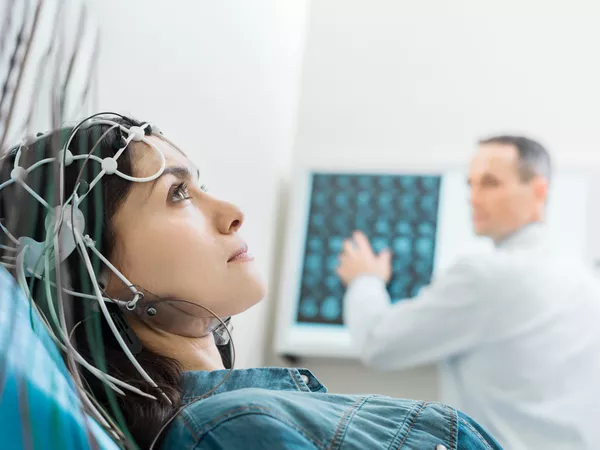EDITORIAL
Published on 11 Jan 2018
Editorial: Imaging in Acute Stroke—New Options and State of the Art
doi 10.3389/fneur.2017.00736
- 6,526 views
- 11 citations
16k
Total downloads
82k
Total views and downloads
You will be redirected to our submission process.
EDITORIAL
Published on 11 Jan 2018
REVIEW
Published on 30 May 2017

REVIEW
Published on 12 Jan 2017

REVIEW
Published on 18 May 2016

OPINION
Published on 15 Sep 2015
OPINION
Published on 08 May 2015
REVIEW
Published on 29 Sep 2014
REVIEW
Published on 26 Mar 2014
ORIGINAL RESEARCH
Published on 26 Sep 2013
